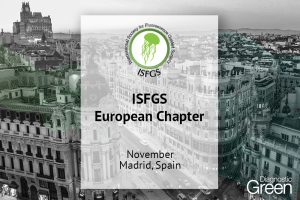Introduction: Lateral lymph node dissection (LLND) for rectal cancer is still not a widely established technique owing to the existing controversy between Eastern and Western countries and the lack of well-designed studies. The risk of complications and the paucity of long-term oncological results are significant drawbacks for further applying this technique. The use of indocyanine green (ICG) near-infrared (NIR) fluorescence for LLND appears as a promising technique for enhancing postoperative and oncological outcomes. This review aims to evaluate the emerging role of ICG during LLND and present the benefits of its application. Results: In total, 13 studies were found eligible and analyzed for different parameters. LLND + ICG is associated with significantly increased number of harvested lateral lymph nodes (p < 0.05), minor blood loss, decreased operative time, and probably decreased urinary retention postoperatively compared with LLND-alone.
Conclusions: The use of ICG fluorescence during LLND is a safe and feasible technique for balancing postoperative outcomes and the number of harvested lymph nodes. Well-designed studies with long-term results are required to elucidate the oncological benefits and establish this promising technique.




